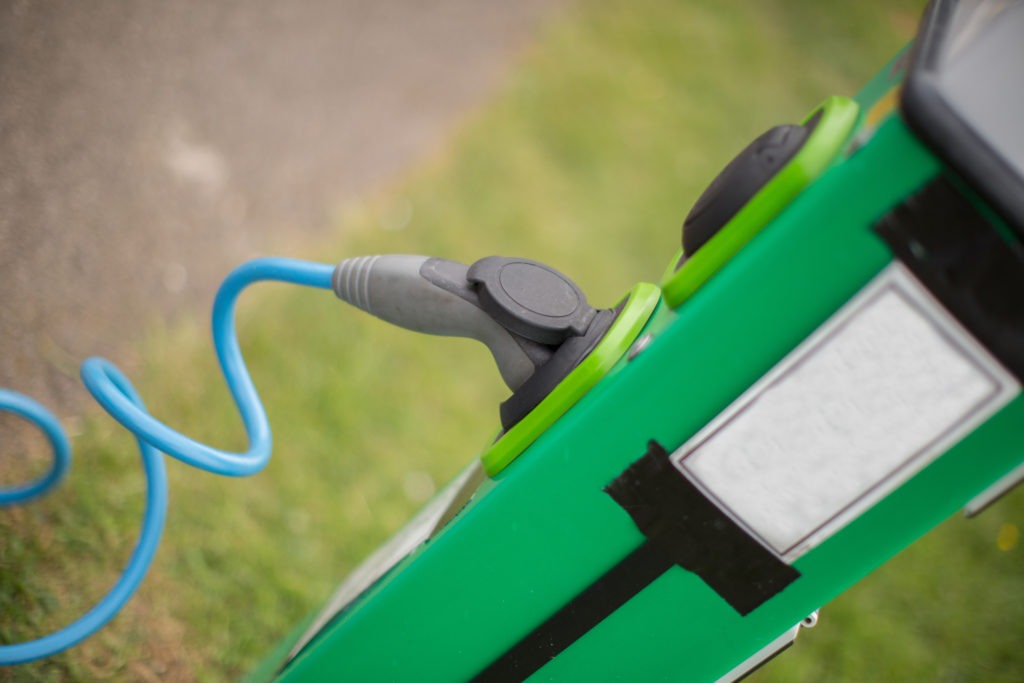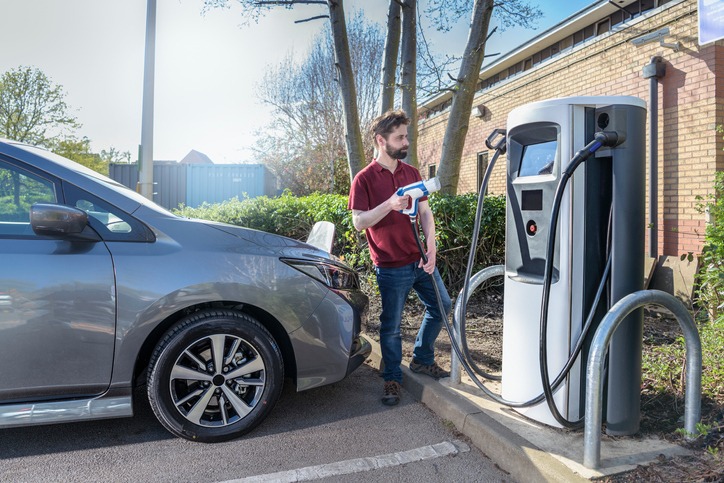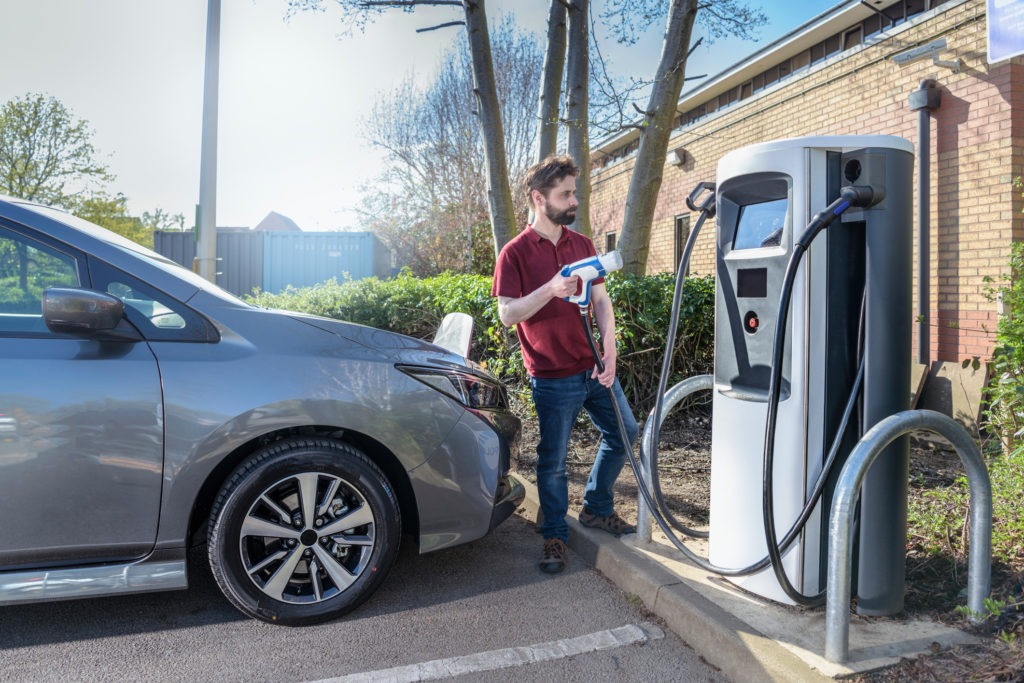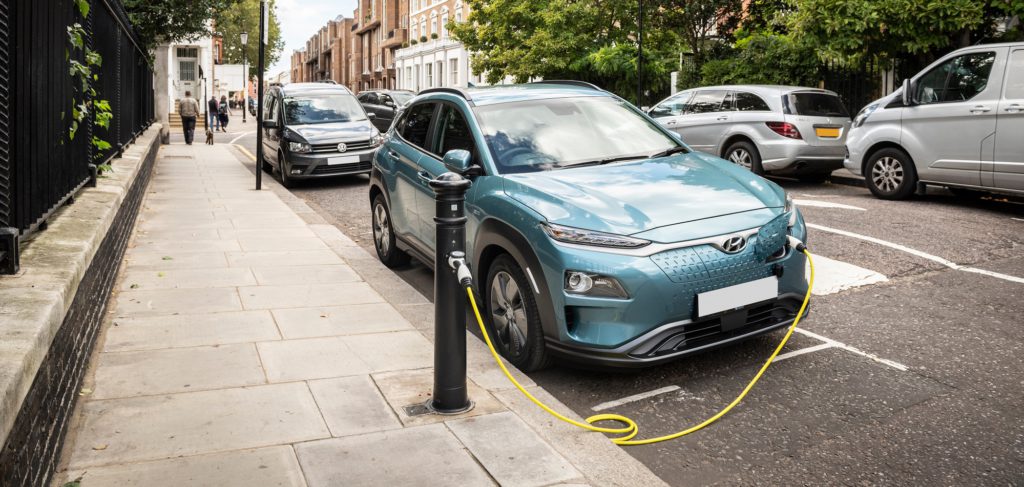Shell boosts EV infrastructure in UK and Tesla to open up chargers globally
26 July 2021

Shell will install up to 800 charging points in as many as 100 Waitrose shops across the UK by 2025. The move aims to strengthen the two companies’ partnership while developing greater consumer access to electrically-chargeable vehicle (EV) infrastructure.
Meanwhile, Tesla will make its supercharger network available to EVs beyond its own brand for the first time later this year. This infrastructure will eventually become accessible worldwide. The battery-electric vehicle (BEV) maker’s CEO, Elon Musk, confirmed the plans via Twitter.
Shop and charge
EV charging will launch at the first Waitrose shop in early 2022, representing Shell Recharge’s first move into destination charging, where plugging-in is considered a secondary activity. Each site is expected to be equipped with six 22kW and two 50kw rapid charging points. Shell wants to grow its Recharge network to 5,000 points on forecourts and other locations by 2025.
‘This is great news for EV drivers across the UK, knowing they can easily, quickly and reliably charge up at Shell charge points while shopping at Waitrose,’ said Bernadette Williamson, general manager at Shell UK retail. ‘We want to make EV charging as hassle-free as possible and support our customers wherever they want to charge.’
Charging points and shop car parks are a perfect match. Consumers can grab the weekly essentials while their EV gets a boost. As Shell and Waitrose strengthen their partnership, customers will have greater access to the option of destination charging. The move is similar to a deal between Pod Point, Volkswagen and Tesco in the UK.
‘This is an important partnership for Waitrose and means we can offer even greater convenience to more of our customers,’ said Waitrose executive director James Bailey. ‘We are also delighted to bring our customers 800 new charging points for electric vehicles, including new rapid charging capabilities, as the UK moves more and more towards a sustainable transport network.’
Opening the network
In another positive development for EVs, Tesla looks like it will open up its Supercharger network to third party vehicles later this year. Musk revealed the change on Twitter as he responded to a tweet that highlighted the division of support for the presently private network. He stated that there was no standard when the connectors were created, and Tesla was ‘the only maker of long-range electric cars.’
But Musk followed up by confirming other EVs would soon be granted access, which would be extended to ‘all contries’ over time. Given that Tesla uses the CSS standard in Europe, this should make open access easier to achieve, as software is the only obstacle to the adaptation. But the same cannot be said in the US, where the brand built its own charging standard.
The BEV-builder’s CEO also announced, via Twitter, that the network will soon receive an upgrade, taking it from 250kW to 300kW. However, there was no mention of a timeline for this improvement.
Charging infrastructure is seeing continued development as the private and public sectors alike move to tackle one of the biggest remaining obstacles to EV adoption. Furthermore, there is the added motivator of regulation-mandated growth.
The European Commission recently published its Fit for 55 proposals on infrastructure. The revised Alternative Fuels Infrastructure Regulation will require member states to expand charging capacity in line with zero-emission car sales. The Commission’s proposals suggest electric charging infrastructure is placed every 60km on major roads.



